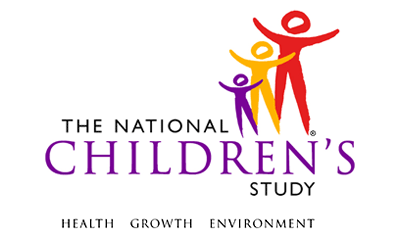26.3 Survey - Placeholder for copyrighted material
Provider-Based Sampling Feasibility Study for the Vanguard (Pilot) Study and Data Collection Updates for the National Children's Study (NICHD)
Brief Symptom Index SAQ
30-Month Interview (PB, EH, TT-HI, TT-LI, PBS)
OMB: 0925-0593
OMB #: 0925-0593
OMB Expiration Date: 07/31/2013
Neuropsychosocial BSI SAQ, Phase 2e

Brief Symptom Index SAQ
(COVER PAGE)
Event: |
30-Month |
Participant: |
Child |
Respondent: |
Parent/Caregiver |
Domain: |
Neuropsychosocial |
Type of Document: |
Self-Administered Questionnaire |
Allowable Mode: |
Phone, Mail |
Allowable Method: |
PAPI |
Recruitment Groups: |
EH, PB, HI, LI, PBS |
Version: |
1.0 |
Release: Publisher: NCS Contact: |
MDES 3.0 Carol Andreassen Westat 301-251-1500
|
The parent/caregiver’s mental health will be assessed using the Brief Symptom Inventory (BSI). The BSI, a proprietary instrument published by Pearson Assessments, is the short version of the Symptom Checklist-90 and measures the same dimensions. Items for each dimension of the BSI were selected based on a factor analysis of the SCL-R-90, with the highest loading items on each dimension selected for the BSI. The purpose of the BSI is to identify self-reported psychosocial symptoms in adolescents and adults. The BSI consists of 53 items, each item ranked on a 5-point scale ranging from 0 (not at all) to 4 (extremely). Rankings characterize the intensity of distress during the past seven days. The nine dimensions include: Somatiziation, Obsessive-Compulsiveness, Interpersonal Sensitivity, Depression, Anxiety, Hostility, Phobic anxiety, Paranoid Ideation, and Psychoticism. There are also three global indices of distress: the Global Severity Index, Positive Symptoms Distress Index, and Positive Symptom Total. These global indices measure current or past level of symptomatology, intensity of symptoms, and number of reported symptoms, respectively.
The publisher provides age-appropriate norms with normative data available for both clinical and non-clinical samples. Hence, results of the BSI can be compared with publisher norms for adult and adolescent nonpatient demographic groups. The BSI can be administered to adolescents as young as 13. The BSI can be self-administered by paper and pencil, audio cassette-administered, or interviewer-administered and requires 8-10 minutes to complete. A Spanish translation is available.
The BSI has been used in psychiatric epidemiology research and in population-based studies to investigate such issues as psychological disorders associated with various medical conditions (epilepsy, cognitive disabilities, cardiac disease) and as an outcome measure for adult mental health. It has also been used extensively in cross-cultural research to examine psychological distress in Polish, Russian, Filipino, Irish, Latin-American and Taiwanese-Chinese immigrants to the U.S.
Public reporting burden for this collection of information is estimated to average 10 minutes per response, including the time for reviewing instructions, searching existing data sources, gathering and maintaining the data needed, and completing and reviewing the collection of information. An agency may not conduct or sponsor, and a person is not required to respond to, a collection of information unless it displays a currently valid OMB control number. Send comments regarding this burden estimate or any other aspect of this collection of information, including suggestions for reducing this burden, to: NIH, Project Clearance Branch, 6705 Rockledge Drive, MSC 7974, Bethesda, MD 20892-7974, ATTN: PRA (0925-0593*). Do not return the completed form to this address.
| File Type | application/vnd.openxmlformats-officedocument.wordprocessingml.document |
| File Modified | 0000-00-00 |
| File Created | 2021-01-30 |
© 2025 OMB.report | Privacy Policy